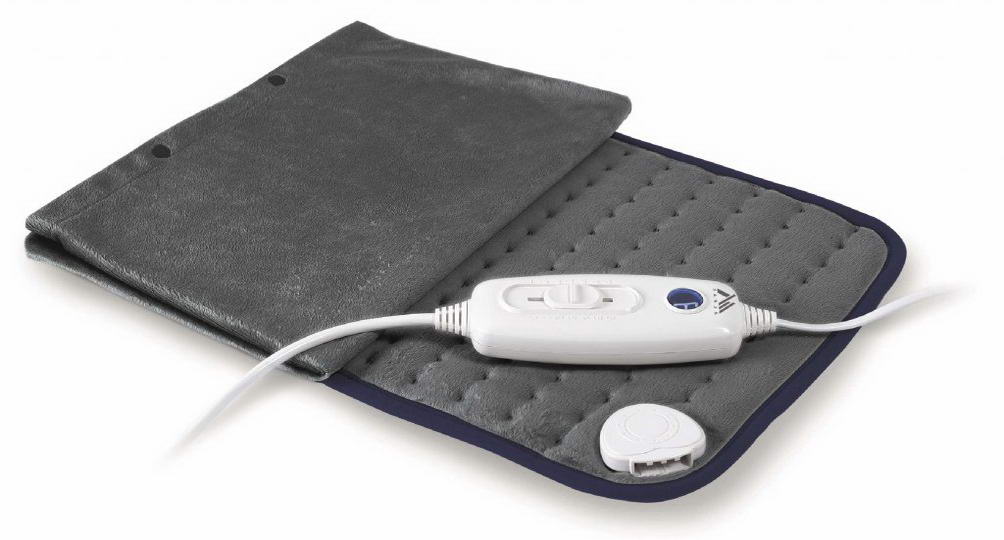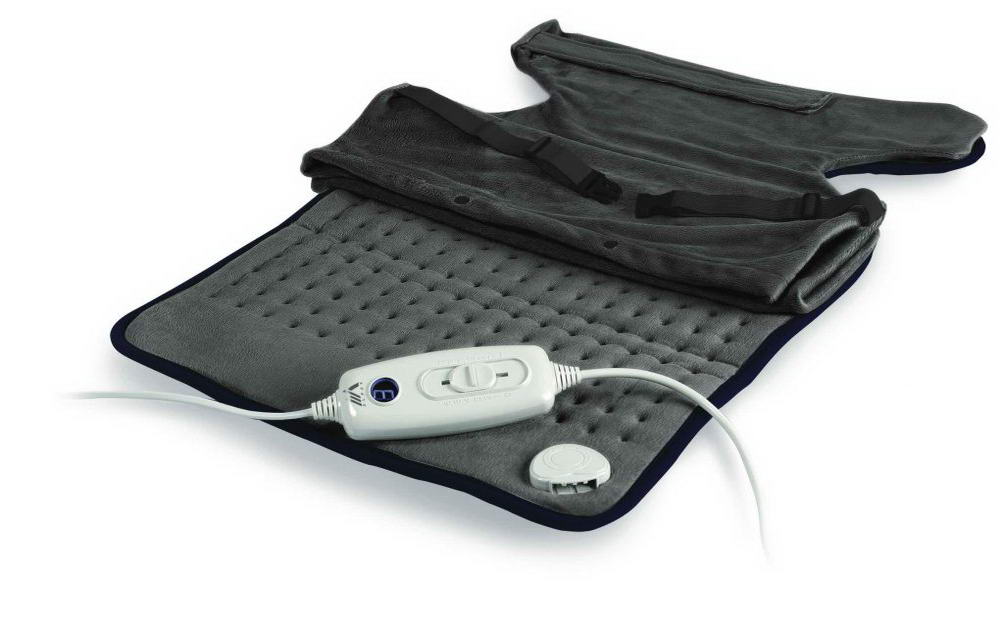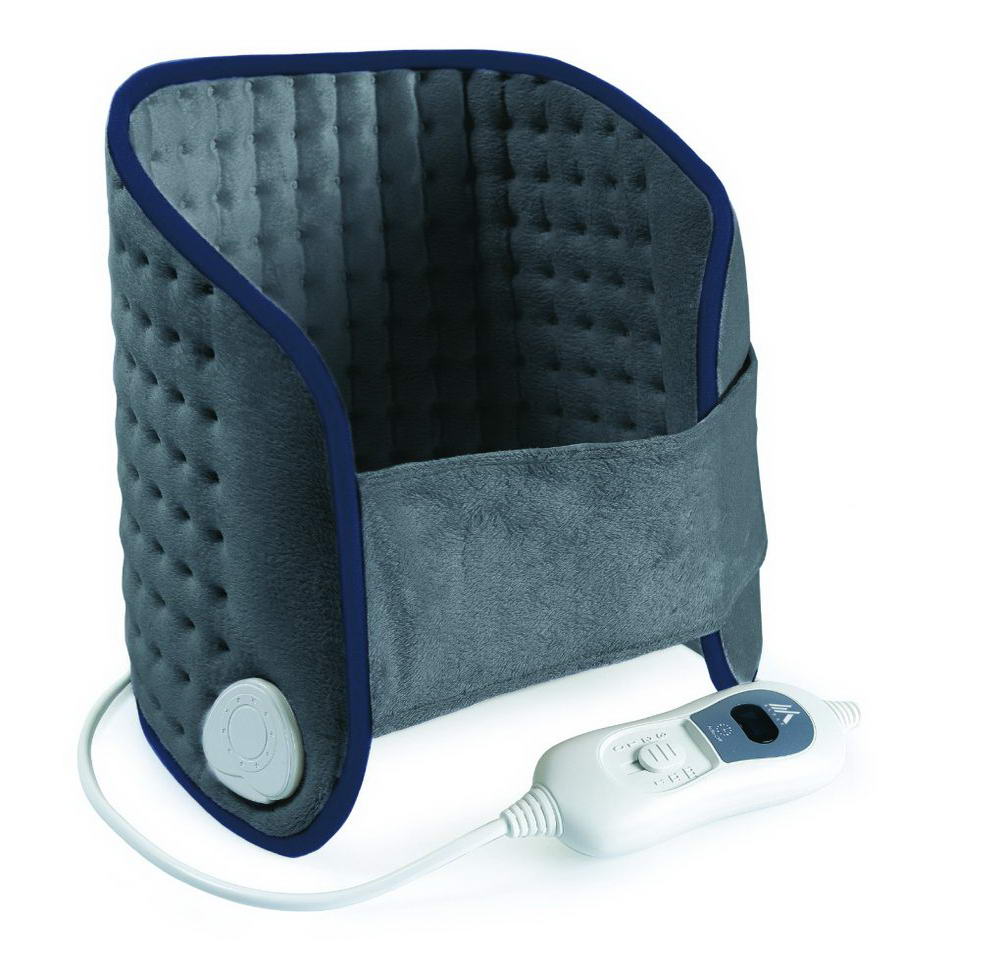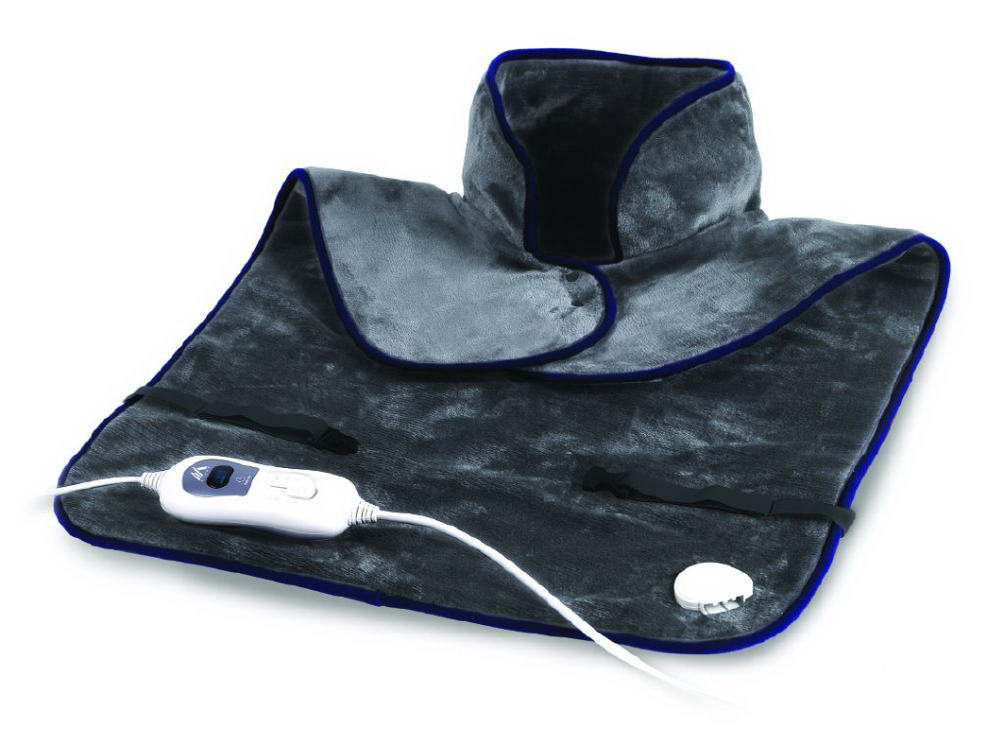How many times have we heard someone tell us: “stay warm and you’ll get better”. Although it sounds somewhat like an “old wives’ tale”, there is actually a basis of truth in this belief, now confirmed by specialist doctors.
Dr. Daniela Lucini, Head of the Sports Medicine and Functional Pathologies Section of Humanitas, suggests using “heat therapy”, applying heating pads, heated cushions and hot water bottles in the case of cramps or muscle contractions, which are particularly frequent during the winter.
Heat can even be a big help in the case of discopathy or the classic “lumbago”. Dr. Maurizio Fornari, Head of Neurosurgery at the Humanitas Hospital, suggests applying heating pads in this case as well and, where possible, thermal baths in hot water.
Let us now look at heating pads in detail and how to choose the best ones.
What is a heating pad?

A heating pad is an electrical appliance that releases heat and can be used to keep the neck, shoulders or back warm. It can be used for the “heat therapy” mentioned above, or to avoid incorrect posture or contractions caused, for example, by sedentary work, by lengthy periods behind the wheel or even by extremely cold winter temperatures.
What is it used for?
The heating pad warms the area where it is applied. The action of the heat can have a relaxing and analgesic effect, as it relaxes the muscles and boosts micro circulation.
How does it work?
On the outside, the heating pad is similar to a blanket, but inside it has a heating system that has to be plugged in. Once the heating pad is plugged in and applied, it can be adjusted to the desired temperature.
What are the things to consider when purchasing one?
A heating pad is not a medical device, but it is well to remember that, in order to comply with CE standards on products operating at low voltage (LDV 2014/35/EU), it must have a timer with a switch-off function and must have temperature regulation, within specific maximum and minimum values, that does not expose the user to the risk of being burned.
What are the things to consider when using one?
Do not use heating pads on children or people with disabilities that prevent them from using the appliance independently. They should never be rolled up, used in water or placed in contact with metal objects that could perforate the fabric. For more information on the warnings for use, please consult the instruction manual for the specific product purchased.
What types of heating pad exist?
The new Alpak range of the KYARA brand of Moretti SpA includes seven types of heating pads. A feature of all the models in the range is the extremely soft fabric, washable at 30°C, a lighted display to check the temperature regulation, an automatic switch-off system that enters into operation after 90 minutes and a mechanism for easy removal of the electric cable. The basic difference is the shape of the appliance, which is adaptable to use on different parts of the body in the specific types.
Rectangular anatomical heating pad
This is the most simply shaped heating pad, as it is anatomical and rectangular, and therefore also the most versatile. It is ideal for anyone who wants to enjoy the benefits of heat on the neck, back, legs or stomach. The rectangular heating pad in the Alpak range has six different temperatures, ranging from 50°C to 65°C.
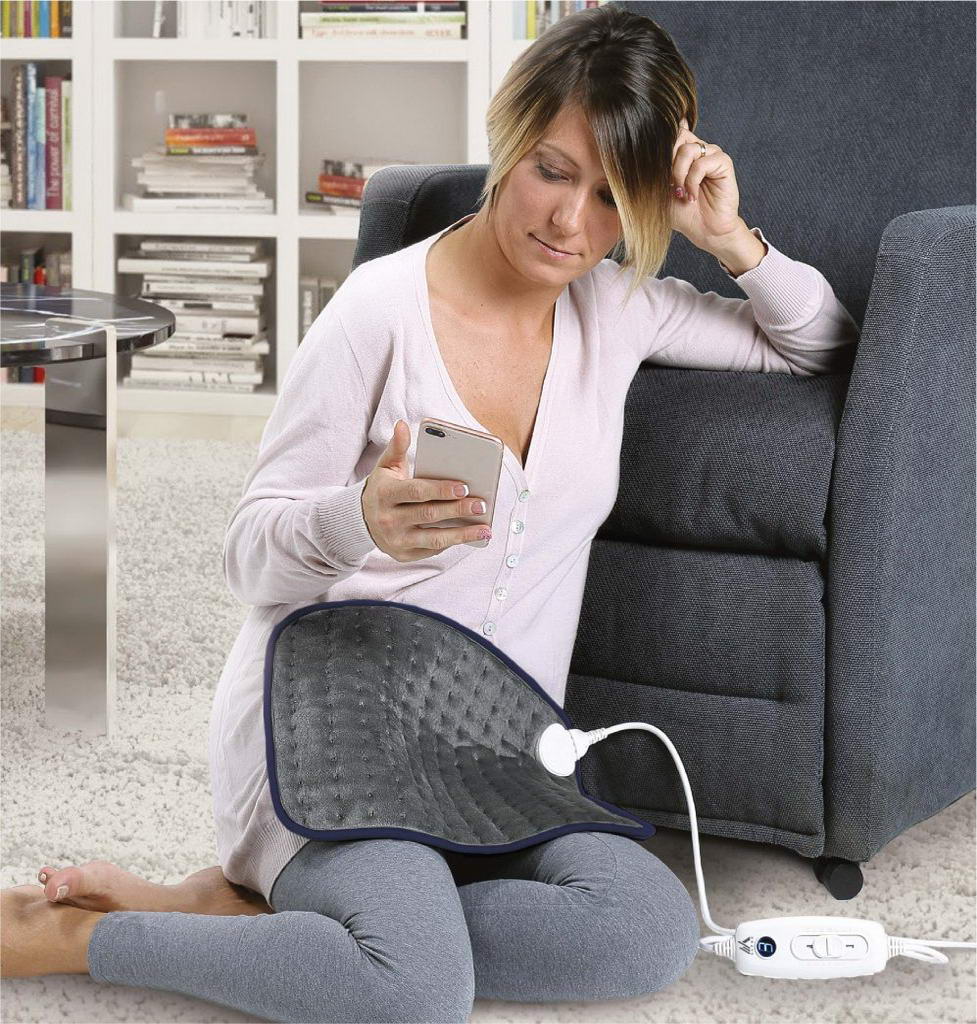
Neck heating pad
The neck heating pad has an efficient heating action on the neck and shoulders, providing immediate relief for anyone suffering from a stiff neck or contracted muscles in this area, due to prolonged use of a computer or mobile telephone, for instance. The Alpak neck heating pad, which can be easily adjusted to embrace the neck and has a belt to strap around the waist, has a range of a full six temperatures, from a minimum of 50°C to a maximum of 65°C.
Lower back heating pad
The best heating pad for the aforementioned “lumbago”, discopathy or lower back strain is the heating wrap. In this case, the area to be heated is the lower back, near the pelvis, and using a wrap with a fabric string and Velcro to adjust the fit is the most comfortable solution. The Alpak heating wrap can be regulated to a temperature of 53°C, 59° C or 65°C.
Capes
Capes satisfy the needs of anyone who wants to benefit from heat on the neck, shoulders and back without restricting their freedom of movement. The Alpak range includes three different types of cape that embrace the neck and shoulders, neck and back or allow a looser fit around the shoulders and back. The temperatures, regulated to three values on all models, have separate temperature ranges: 53° C,59° C and 65°C for the neck and shoulder heating cape; 50° C,55° C and 60°C for the neck and back heating cape, 35° C,40° C and 45°C for the largest heating cape.
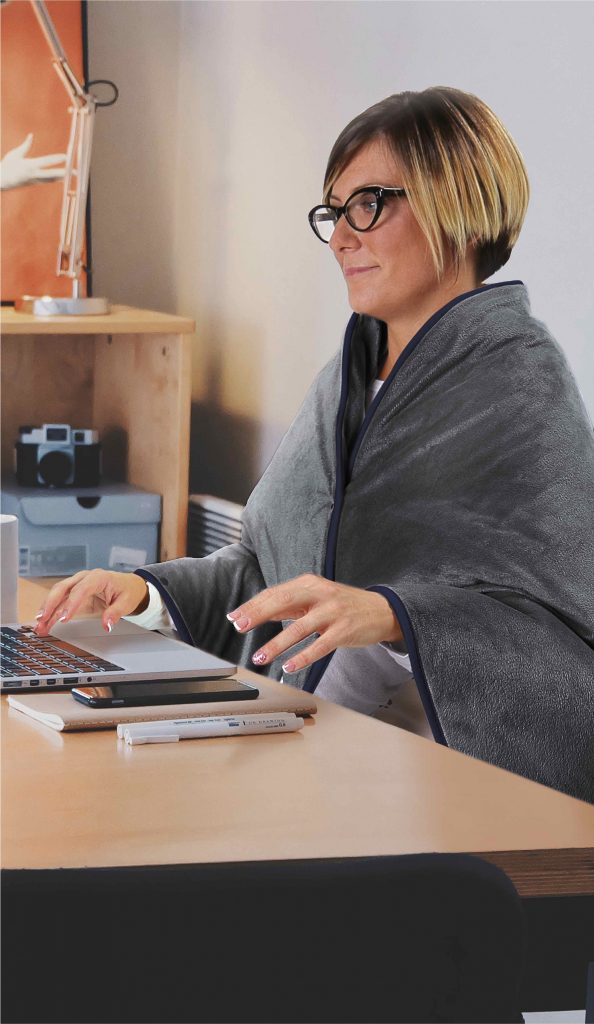
Mantella termica 
Mantella termica 
Mantella termica cervicale e schiena
Heated pillow
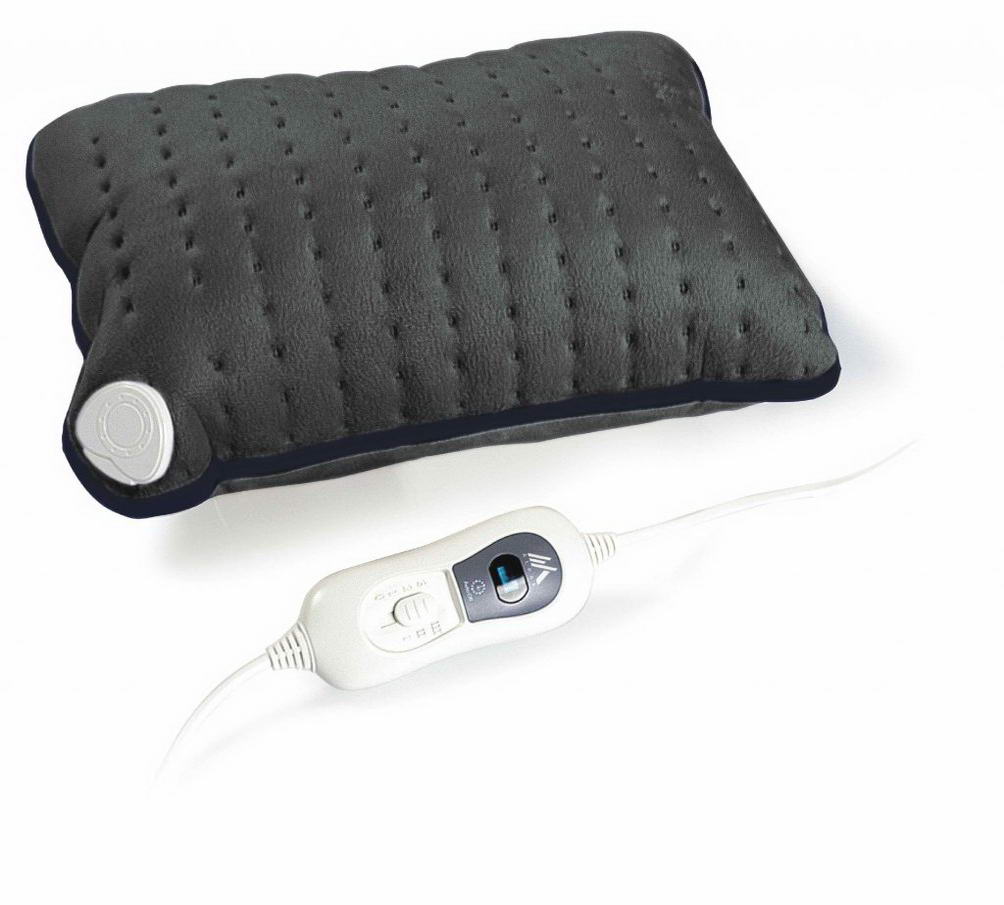
A last type of heating pad is the heated pillow, a warm support on which the user can rest. The pillow can be used on various parts of the body and is a multi-purpose solution for comfortably enjoying all the benefits of “heat therapy”. The heated pillow can be regulated to three different temperature levels: 53°C, 59°C and 65°C.
Do you want to know more? Consult our catalogue or contact your usual orthopaedics store and ask about the new Alpak range of heating pads, a Kyara brand product of Moretti SpA.

